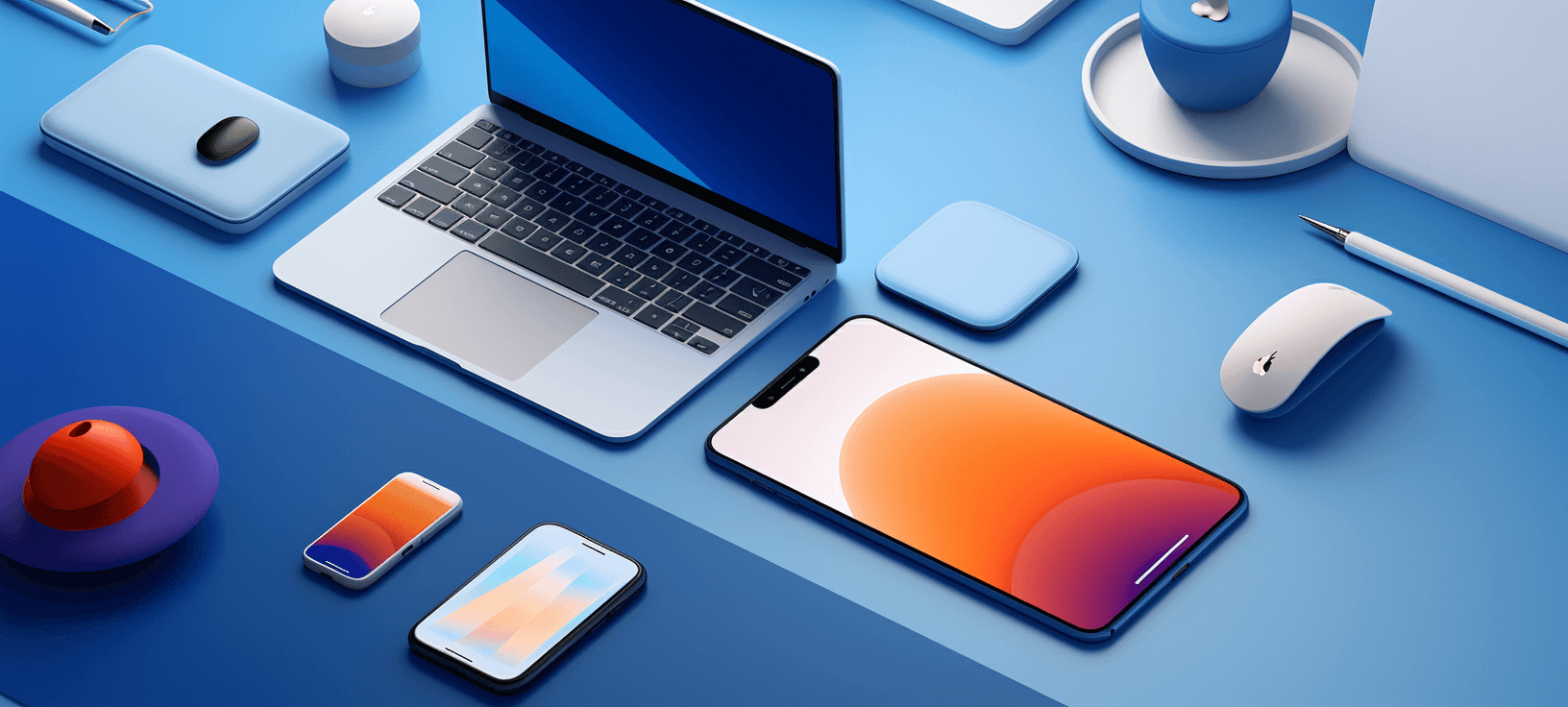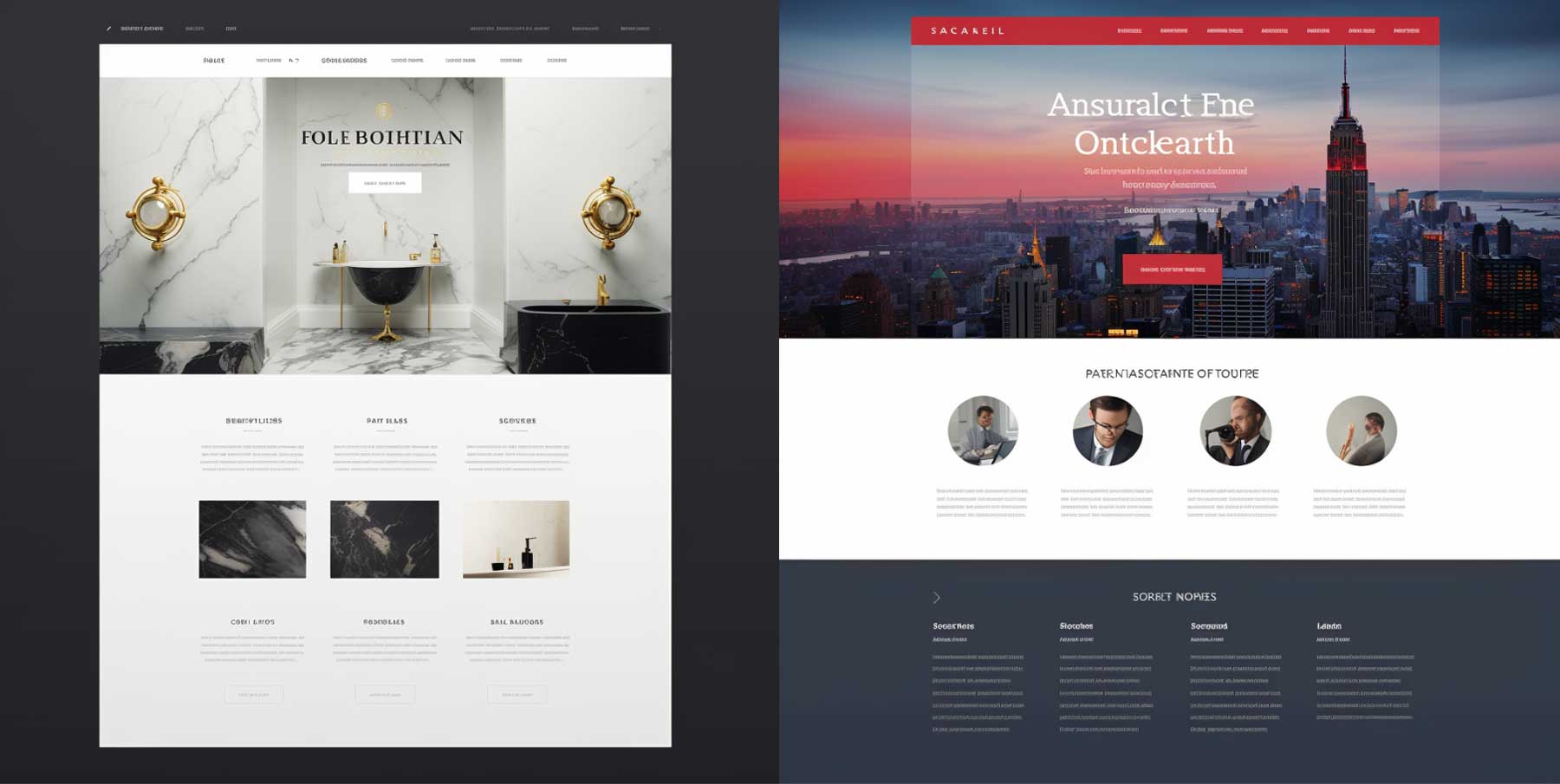Master the Art of Internet Style With These Professional Tips and Techniques
In today's digital age, having a aesthetically enticing and properly designed internet site is essential for any kind of service or individual seeking to make a mark online. Mastering the art of internet design calls for more than just an eye for visual appeals. It includes a deep understanding of customer experience, functionality, and the most recent trends and strategies. So, exactly how can you raise your web layout skills to the following level? In this discussion, we will discover expert tips and techniques that will not just boost the visual appeal of your website but likewise enhance its functionality and efficiency. From choosing the ideal shade combination to including effective call-to-actions, these understandings will aid you produce a web site that not just astounds your audience however also drives outcomes.
Picking the Right Shade Combination
When selecting a shade combination for website design, it is essential to take into consideration elements such as brand name identity, target market, and general visual objectives. The colors used in an internet site can substantially affect just how individuals regard and communicate with the site. It is critical to choose shades that align with the brand's identity and values. For instance, a tech firm might go with a sleek and modern-day shade scheme, while a kids's brand might choose intense and lively shades.
Along with brand identity, the target audience must also be taken into factor to consider when selecting a color scheme. Different age groups and demographics may react differently to particular shades. More youthful target markets might be more drawn in to vivid and strong colors, while older target markets may favor a lot more low-key and sophisticated tones. Recognizing the preferences and assumptions of the target market can help produce a visually enticing and interesting site.
Last but not least, the total visual objectives of the web site need to be thought about when choosing a shade scheme. The color pattern should complement the total layout and design of the website, producing a visually appealing and natural experience for individuals. Whether the objective is to produce a soothing and peaceful atmosphere or an energetic and vibrant environment, the shade palette should be carefully chosen to achieve the preferred visual.

Developing User-Friendly Navigating
To improve the customer experience, it is important to create easy-to-navigate and intuitive menus for internet sites. Easy to use navigating is crucial for directing site visitors through the various sections and web pages of an internet site, enabling them to quickly discover the content they are seeking. When designing the navigation menu, simplicity is vital. Avoid littering the menu with also numerous alternatives, as this can overwhelm customers and make it hard for them to choose. Rather, concentrate on giving succinct and clear tags for every food selection product, utilizing acquainted terminology that individuals can easily comprehend.

Along with clear tags and logical organization, it is necessary to make the navigating food selection conveniently available. Put it in a noticeable place, such as on top of the web page or in a fixed setting, to make sure that individuals can quickly locate and access it from anywhere on the site. Think about utilizing a responsive design method to guarantee that the navigation food selection continues to be functional and accessible on various devices, consisting of cellphones and tablets.
Including Responsive Style Strategies
In order to maximize internet site capability throughout various gadgets, incorporating responsive layout methods is essential. Receptive layout is an internet layout method that enables web sites to adapt and respond to different screen sizes and positionings. With the increasing usage of tablet computers and mobile phones, it is crucial for web designers to produce sites that provide an ideal watching experience for customers on all gadgets.
Among the key strategies in receptive style is making use of liquid grids. Rather of making fixed-width layouts, internet designers develop adaptable grids that readjust and resize based on the display size. This ensures that the content on the web site stays legible and available, no matter the gadget being utilized.
Another vital technique is the use of flexible pictures and media. By setting the click here for more maximum width of images and videos to 100%, they will immediately reduce to fit smaller screens. This stops pictures from being removed or misshaped on mobile phones.
Furthermore, responsive style involves using media questions to apply different styles and formats based on the device's screen dimension. This permits internet designers to produce a seamless experience by tailoring the presentation of web content according to the tool being used.
Optimizing Web Site Rate and Efficiency
One essential facet of web layout is optimizing web site speed and efficiency. A slow site can lead to an inadequate customer experience, high bounce rates, and lower search engine rankings.
Firstly, optimizing photos is important for enhancing internet site speed. Images must be properly compressed and resized to minimize their file size without compromising high quality. This can be done utilizing photo optimization tools or plugins.
One more crucial variable to think about is site caching. Caching involves storing fixed variations of website so that they can be quickly fetched instead of creating them from the ground up each time a user checks out the site (Webwize Tomball seo). This substantially reduces packing times and boosts total performance
Minifying CSS and JavaScript documents is another reliable method. Removing unnecessary whitespace, comments, and lowering code intricacy can substantially improve website rate.
Implementing Efficient Call-to-Actions
Developing compelling and persuasive call-to-actions is a critical element of efficient website design. A call-to-action (CTA) is a prompt or instruction that motivates customers to take a details action on a site, such as purchasing, signing up for a newsletter, or speaking to the company. Implementing effective CTAs can greatly enhance individual involvement and conversion prices.
To develop engaging CTAs, it is very important to utilize concise and clear language that conveys the value suggestion and find here benefits of taking the preferred action. The CTA ought to be aesthetically prominent on the page, making use of contrasting shades and layout aspects that attract the customer's attention. Furthermore, using activity verbs and creating a sense of seriousness can better boost the efficiency of the CTA.
Additionally, it is essential to place the CTA strategically on the web page. Placing it over the fold, where it is right away visible to individuals without needing to scroll, can substantially enhance its presence and click-through rates. It is also useful to evaluate different variants of CTAs to establish which ones reverberate ideal with individuals and drive the highest possible conversion rates.
Conclusion
Finally, mastering the art of internet layout requires focus to numerous components such as color palette selection, easy to use navigating, receptive style techniques, website speed optimization, and efficient call-to-actions. By implementing these specialist tips and tricks, web designers can develop visually enticing and functional websites that enhance customer experience and drive desired activities.
The colors utilized in a web site can considerably influence how customers communicate and regard with the site.In order to optimize website functionality across different tools, including receptive layout strategies is essential. Receptive layout is a web design approach that permits websites to adjust and respond to various screen dimensions and orientations. With the increasing use of smart devices visit our website and tablet computers, it is critical for internet designers to create websites that give an optimum watching experience for users on all gadgets.
